


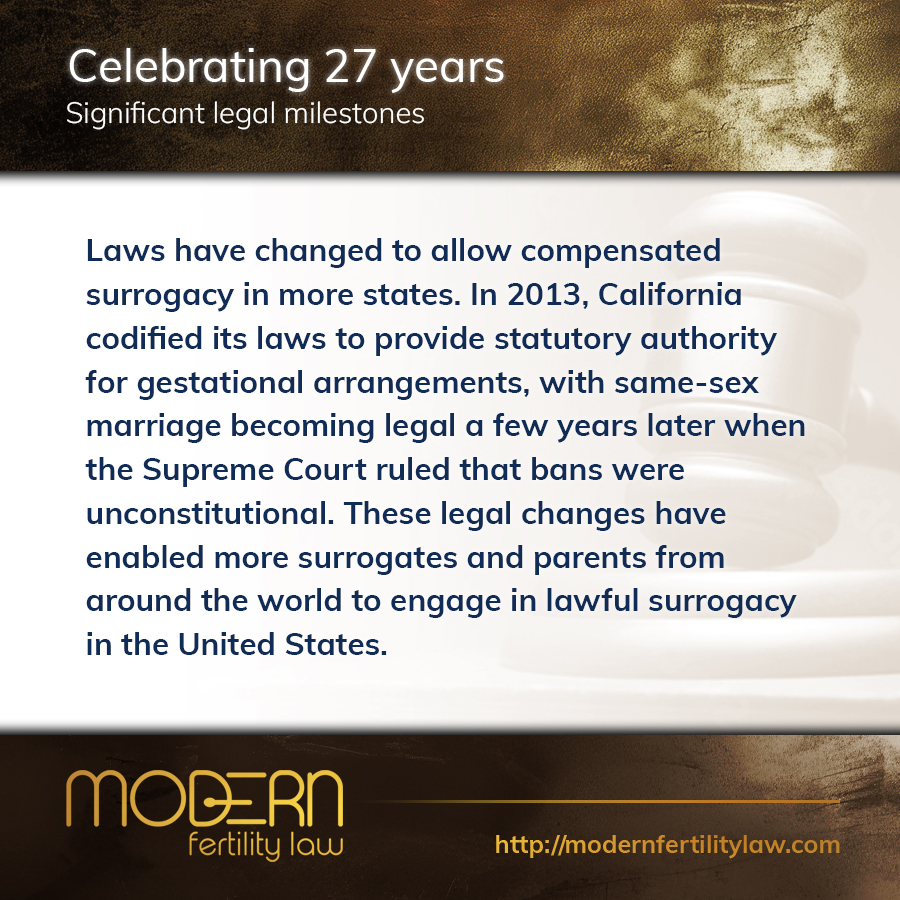
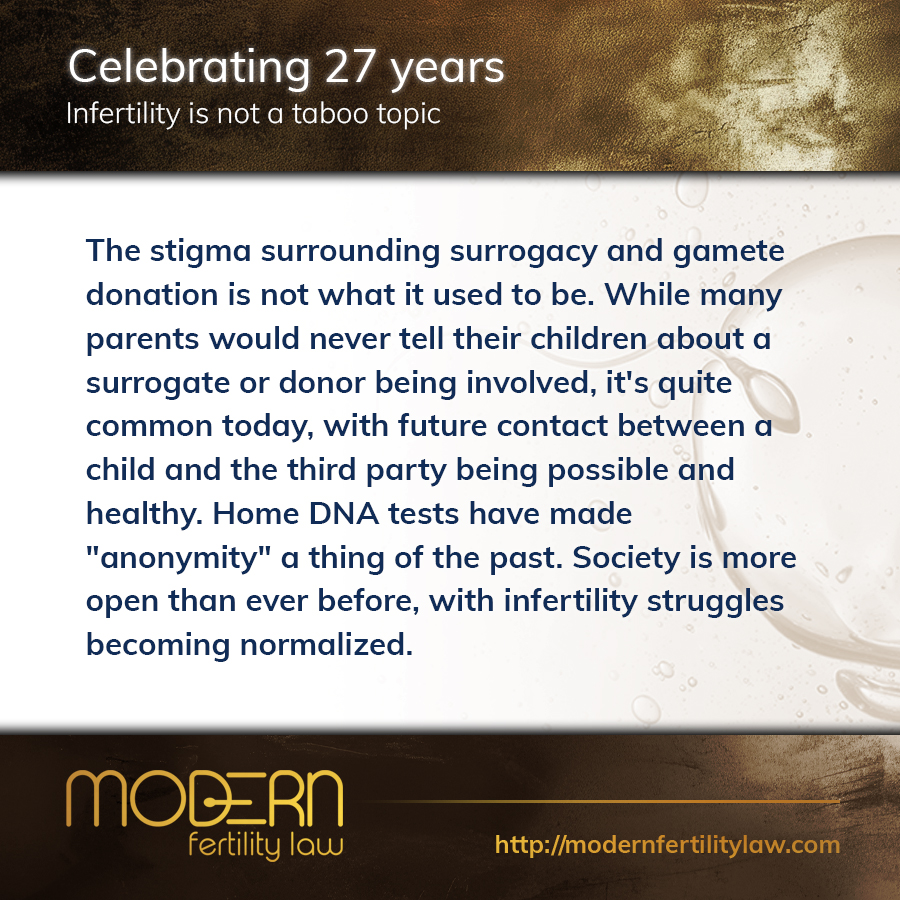



Bastille Day, a national holiday in France, marks the anniversary of the fall of the Bastille fortress in Paris, the pivotal moment in the French Revolution, and is observed in places maintaining links to France. The celebration features speeches, military parades, fireworks, public revelry, French cuisine, and French music. French Polynesia has adapted the holiday to its own culture with singing, dancing, and drumming performances. The slogan “Vive le 14 juillet!” (“Long live the 14th of July!”) has continued to be associated with the day.
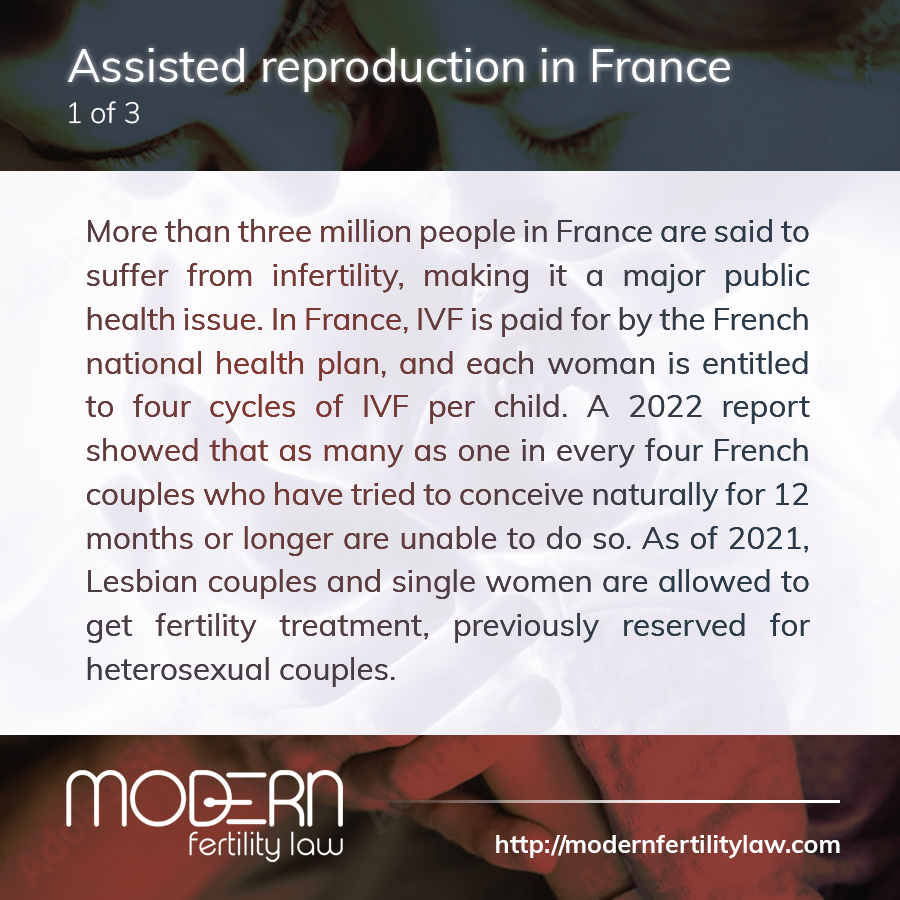
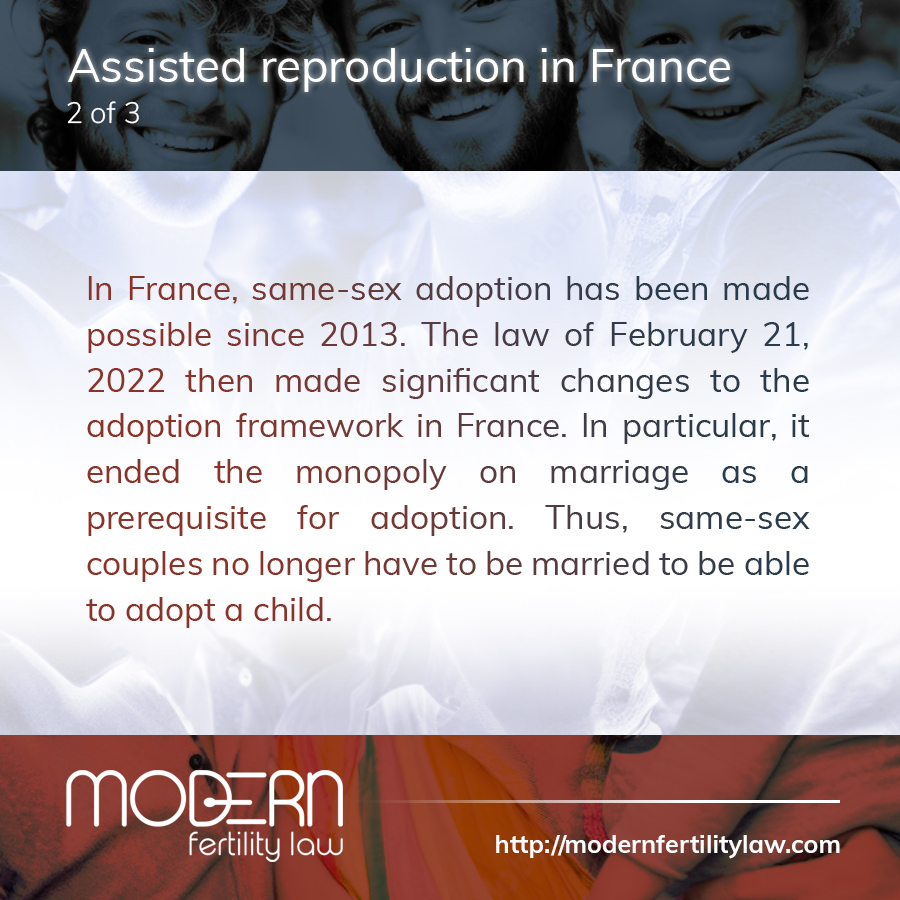
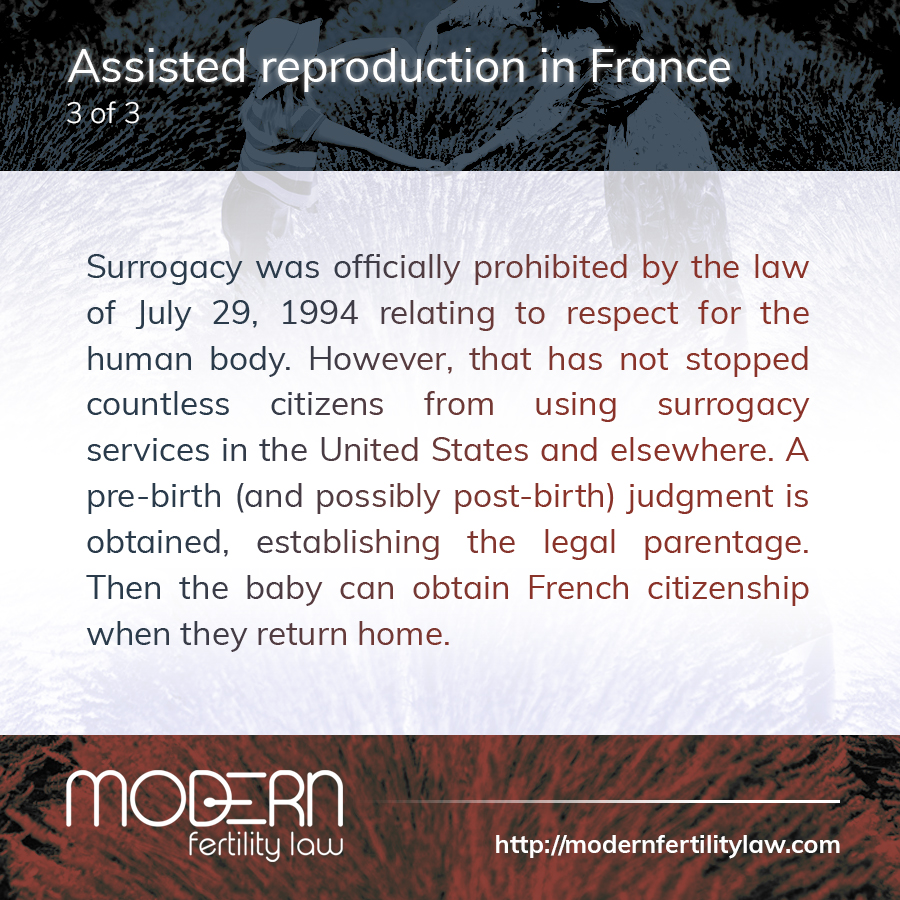
More than three million people in France are said to suffer from infertility, making it a major public health issue. In France, IVF is paid for by the French national health plan, and each woman is entitled to four cycles of IVF per child. A 2022 report showed that as many as one in every four French couples who have tried to conceive naturally for 12 months or longer are unable to do so. As of 2021, Lesbian couples and single women are allowed to get fertility treatment, previously reserved for heterosexual couples.
In France, same-sex adoption has been made possible since 2013. The law of February 21, 2022 then made significant changes to the adoption framework in France. In particular, it ended the monopoly on marriage as a prerequisite for adoption. Thus, same-sex couples no longer have to be married to be able to adopt a child.
Surrogacy was officially prohibited by the law of July 29, 1994 relating to respect for the human body. However, that has not stopped countless citizens from using surrogacy services in the United States and elsewhere. A pre-birth (and possibly post-birth) judgment is obtained, establishing the legal parentage. Then the baby can obtain French citizenship when they return home.

The French Revolution began in 1789 and lasted until 1794. The Paris mob, hungry from poor harvests and annoyed with King Louis XVI’s rising taxes, stormed a prison called the Bastille fortress. A Republic of France was declared, the king was executed, the monarchy fell, and the middle class was born. Many historians regard the French Revolution as a turning point in the the history of Europe, as well as in North America where many of the same ideas influenced the Declaration of Independence and the American Revolution.
